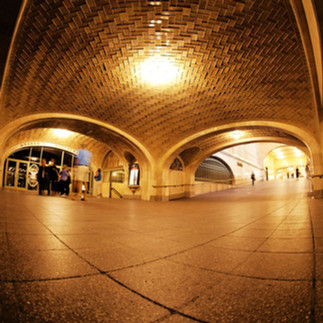Rafael Guastavino (1842-1908) was a Spanish architect born in Valencia, known as "the architect of New York". He is famous for his contributions to American architecture, particularly for the vaulted construction technique he developed, known as "tabicado vault".
Guastavino studied at the School of Master Builders in Barcelona, where he learned the vaulted construction technique. He designed and built several structures in Spain, including the Battló factory in Barcelona and the La Massa Theater in Vilassar de Dalt. In 1881, Guastavino moved to New York, where he found a market for his fire-resistant construction technique, which was especially relevant in a city where fires were a major concern at the time.
He worked on several large projects in the United States, including the Boston Public Library and Grand Central Station in New York. Guastavino founded his own company, the Guastavino Fireproof Construction Company, which became very successful.
He and his son maintained the Spanish tradition of master builders and left a significant mark on American architecture. Guastavino's works include the Grand Central Station in New York, the Cathedral of St. John the Divine, the St. Paul's Chapel at Columbia University, the City Hall subway station, the vaults of the Queensboro Bridge, and the Ellis Island Immigration Station, among others.
He passed away in 1908, leaving an important legacy in American architecture.












